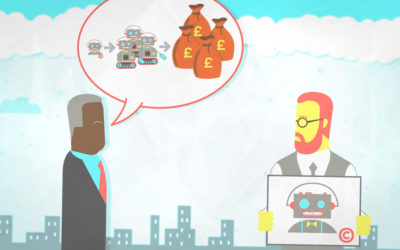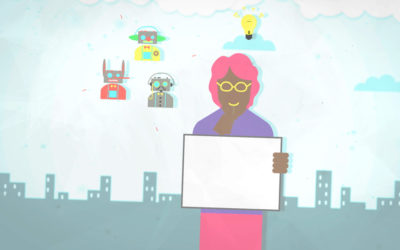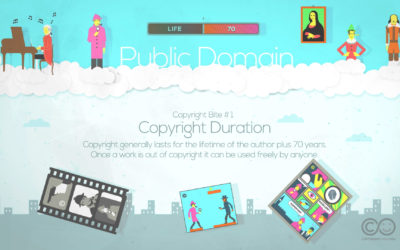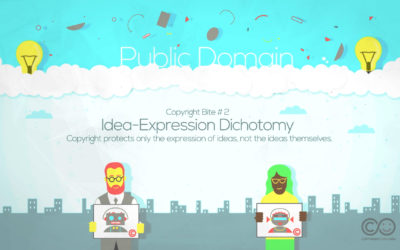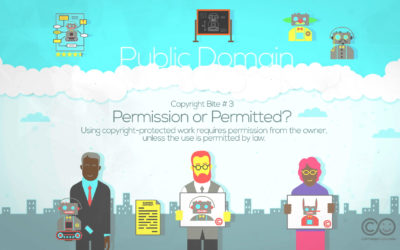Copyright Bite #3.4
 UK law contains a long list of exceptions to copyright. They permit, for example, quoting from a work to critique or review it, reporting newsworthy events, engaging in private study or non-commercial research, archiving and preservation activities, as well as a number of classroom and other educational uses.
UK law contains a long list of exceptions to copyright. They permit, for example, quoting from a work to critique or review it, reporting newsworthy events, engaging in private study or non-commercial research, archiving and preservation activities, as well as a number of classroom and other educational uses. Benefitting from these exceptions often turns on the concept of fair dealing. In other words, to rely on the exception your use of the work must be fair. Indeed, the general nature and scope of exceptions to copyright are that they do not interfere with the normal exploitation of the work by the author or the copyright owner. So, whereas there is no exception that lets George manufacture and sell toy versions of Dick’s robot without Dick’s permission, Sally is able to rely on the exception for parody (authors don’t normally let people parody their work for money).
Benefitting from these exceptions often turns on the concept of fair dealing. In other words, to rely on the exception your use of the work must be fair. Indeed, the general nature and scope of exceptions to copyright are that they do not interfere with the normal exploitation of the work by the author or the copyright owner. So, whereas there is no exception that lets George manufacture and sell toy versions of Dick’s robot without Dick’s permission, Sally is able to rely on the exception for parody (authors don’t normally let people parody their work for money). Also, you’ll notice that even though Sally has created a parody of Dick’s robot, this doesn’t necessarily interfere with the commercial value of Dick’s work or the robot toys. Dick and George are still making money, despite the fact that Sally has parodied the work. Again, exceptions to copyright do not ordinarily prevent authors and copyright owners from commercially exploiting their work.
Also, you’ll notice that even though Sally has created a parody of Dick’s robot, this doesn’t necessarily interfere with the commercial value of Dick’s work or the robot toys. Dick and George are still making money, despite the fact that Sally has parodied the work. Again, exceptions to copyright do not ordinarily prevent authors and copyright owners from commercially exploiting their work.More from Bite #3
Copyright Bite #3.1
Dick has created an original artistic work protected by copyright. Typically the first author of a work will also be the first owner of the copyright in that work.
Copyright Bite #3.2
When you own the copyright in a work you can assign the rights in that work to someone else, or license others to make use of the work in certain clearly defined ways.
Copyright Bite #3.3
Sally is an illustrator. She is fascinated by the phenomenon of crossover fiction, games and toys.
More Copyright Bites
Copyright Bite #1
Copyright Bite #1 considers how long copyright lasts and what it means to say that a work is protected by copyright or in the public domain.
Copyright Bite #2
Copyright Bite #2 explores how copyright protects only the expression of ideas and not ideas themselves.
Copyright Bite #3
Copyright Bite #3 considers how you can lawfully make use of, or borrow from, works that are still in copyright, but without having to ask for permission or make payment to the copyright owner.
Copyright Bites Credits
Copyright Bites: Credits and Acknowledgements

